The Papaya Market is characterized by a dynamic competitive landscape, driven by increasing consumer demand for tropical fruits and a growing awareness of their health benefits. Key players such as Fresh Del Monte Produce Inc (US), Dole Food Company Inc (US), and Sunrise Fresh (IN) are strategically positioned to leverage these trends. Fresh Del Monte Produce Inc (US) focuses on innovation in product offerings, emphasizing organic and sustainably sourced papayas, which aligns with the rising consumer preference for health-conscious options. Meanwhile, Dole Food Company Inc (US) has been expanding its distribution networks, enhancing its market reach through strategic partnerships with local retailers. Sunrise Fresh (IN) is concentrating on regional expansion, particularly in Asia, where the demand for fresh produce is surging. Collectively, these strategies contribute to a competitive environment that is increasingly focused on sustainability and consumer engagement.
In terms of business tactics, companies are localizing manufacturing and optimizing supply chains to enhance efficiency and reduce costs. The Papaya Market appears moderately fragmented, with several key players exerting influence over their respective regions. This fragmentation allows for a diverse range of products and pricing strategies, although the collective strength of major companies like Dole and Fresh Del Monte shapes market dynamics significantly.
In August 2025, Fresh Del Monte Produce Inc (US) announced a partnership with a leading organic certification body to enhance its sustainability practices. This strategic move is likely to bolster its brand image and appeal to environmentally conscious consumers, thereby positioning the company favorably in a competitive market increasingly driven by sustainability.
In September 2025, Dole Food Company Inc (US) launched a new line of ready-to-eat papaya snacks, targeting the growing trend of convenience foods. This initiative not only diversifies Dole's product portfolio but also aligns with consumer preferences for healthy, on-the-go options. The introduction of these snacks could potentially capture a significant share of the market, particularly among younger demographics seeking convenient yet nutritious food choices.
In July 2025, Sunrise Fresh (IN) expanded its operations by establishing a new processing facility in India, aimed at increasing production capacity and improving supply chain efficiency. This expansion is indicative of the company's commitment to meeting rising domestic and international demand for papayas, and it may enhance its competitive edge in the region by ensuring fresher products reach consumers more quickly.
As of October 2025, the Papaya Market is witnessing trends such as digitalization, sustainability, and the integration of artificial intelligence in supply chain management. Strategic alliances among key players are increasingly shaping the competitive landscape, fostering innovation and collaboration. Looking ahead, it is anticipated that competitive differentiation will evolve, with a shift from traditional price-based competition to a focus on innovation, technology, and supply chain reliability. Companies that can effectively leverage these trends are likely to secure a more robust position in the market.


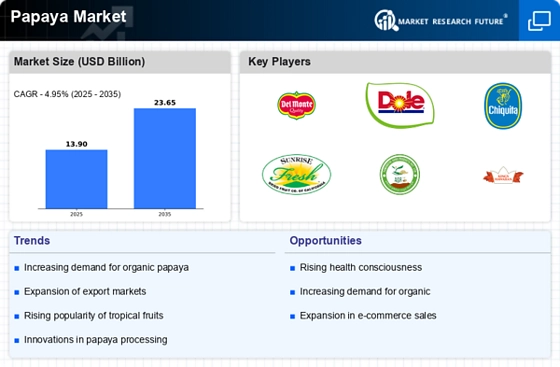
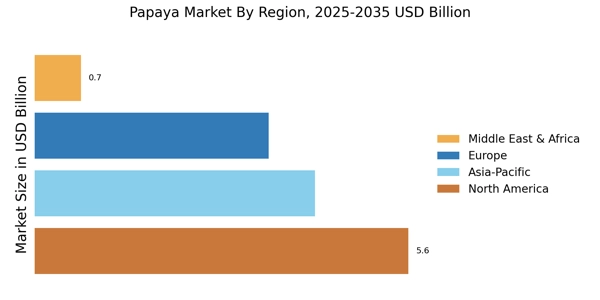
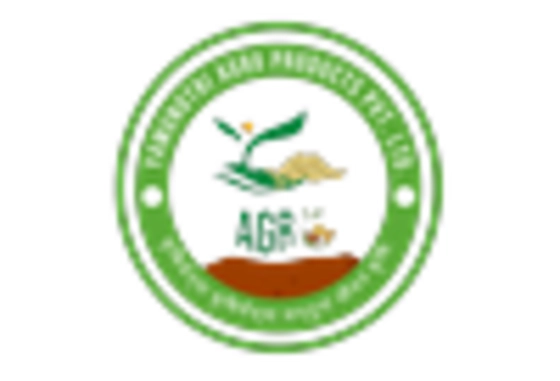
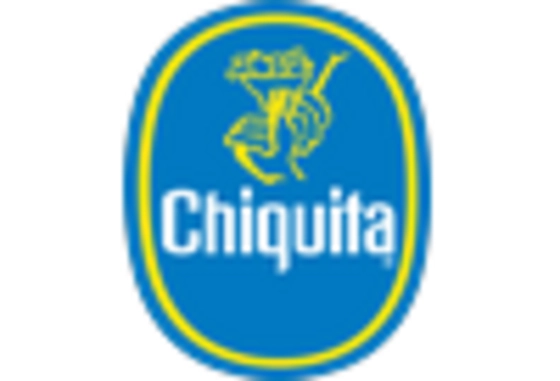
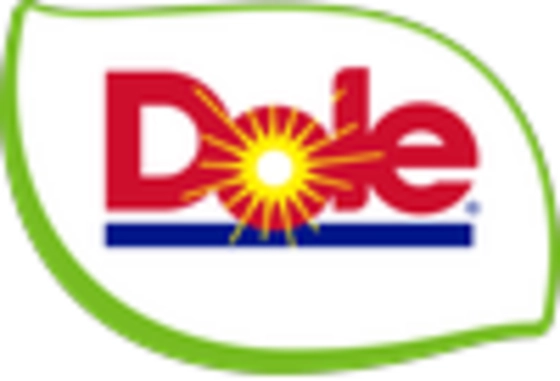
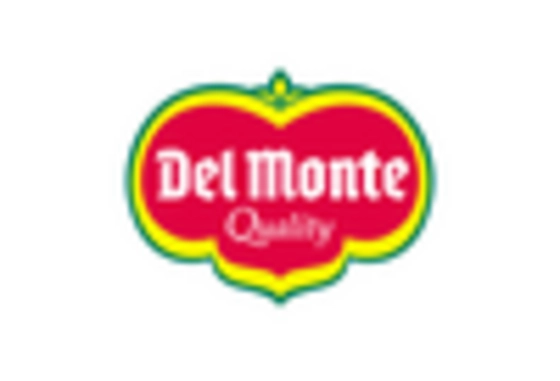
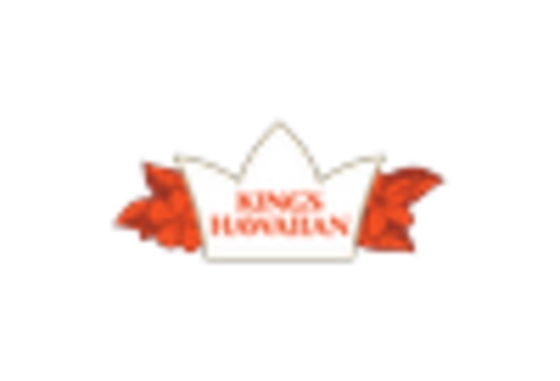
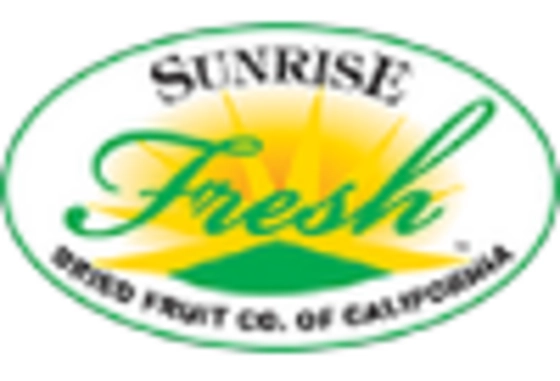








Leave a Comment